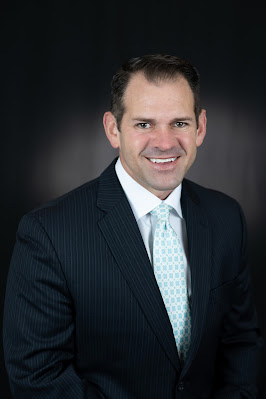P5–99: Greater interelectrode distance in biventricular pacing predicts response to cardiac resynchronization therapy in patients with congestive heart failure

Ian Weisberg MD Ian Weisberg MD , Binu Jacob MD, Alan Miller MD, Steve S. Hsu MD Background Cardiac resynchronization therapy (CRT) in heart failure patients with dyssynchrony leads to a significant improvement in quality of life; however, some of patients who receive CRT are non-responders. There is little data on intraprocedural parameters that can predict response to CRT. We have hypothesized that greater interelectrode distance between the left ventricular (LV) and right ventricular (RV) leads would result in earlier complete depolarization of the left ventricle, narrower QRS. Methods We retrospectively studied 22 patients who met criteria for biventricular (Bi-V) pacemaker or defibrillator implantation. All patients received endovascular leads. A blinded heart failure physician determined responders (n=12) and non-responders (n=10) based on improvement in New York Heart Association (NYHA) functional class. There was no baseline difference between the two groups with respect ...


